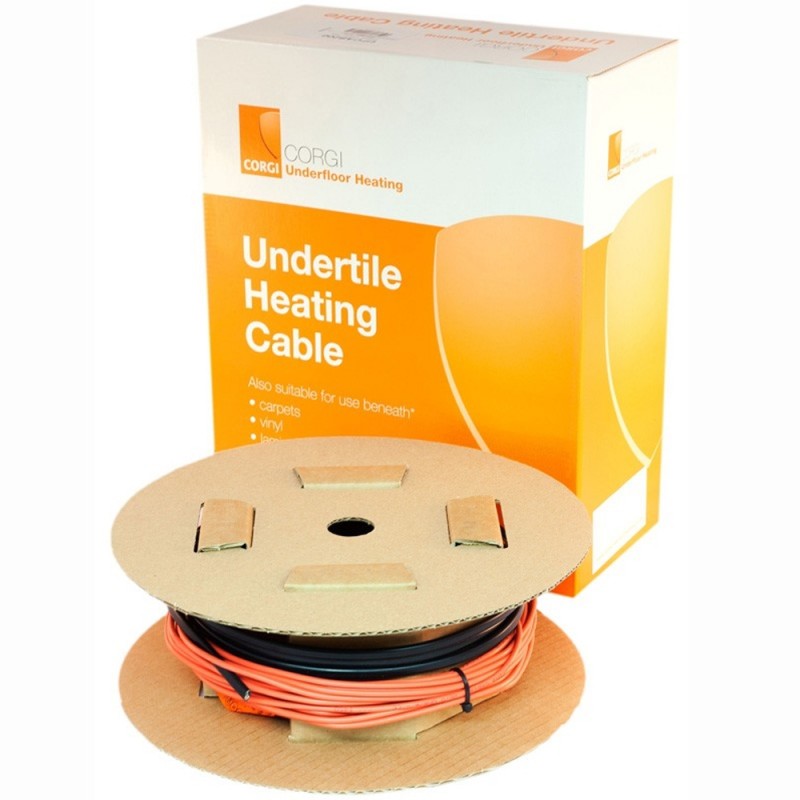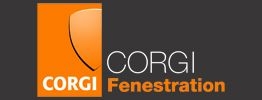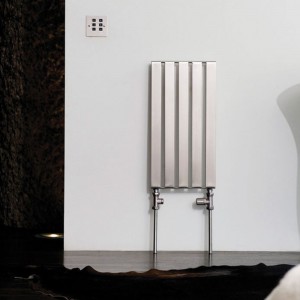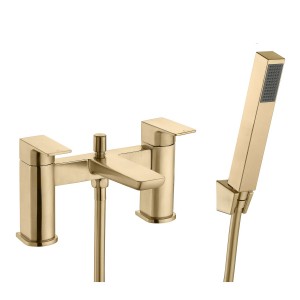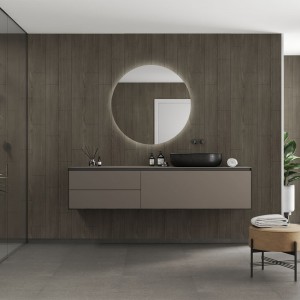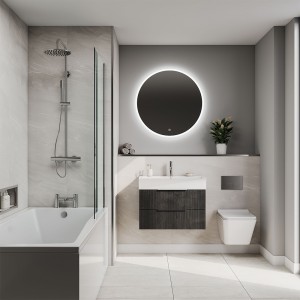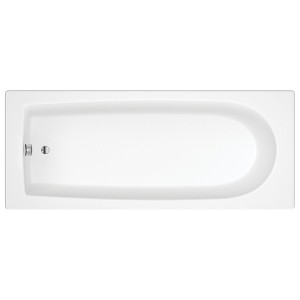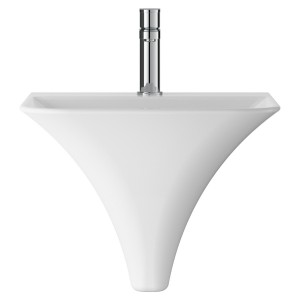Corgi Underfloor Heating Cables - 200W
CORGI heating cables are perfect for providing luxurious underfloor heating beneath virtually any floor surface and are particularly well suited to installation in larger rooms. The cables can be installed directly beneath a tiled floor or almost any other floor covering if covered with a levelling compound first.
CORGI heating cables are perfect for providing luxurious underfloor heating beneath virtually any floor surface and are particularly well suited to installation in larger rooms. The cables can be installed directly beneath a tiled floor or almost any other floor covering if covered with a levelling compound first. If your room is a high heat loss/poorly insulated area such as a conservatory we recommend installing the cable at 200W per sqm. If your room meets current building regulations 150W per sqm should provide full room heating.
All heating cables must be connected in parallel not in series. Make sure you never cut, shorten, lengthen, strain or cross heating cables. You must always ensure the floor sensor is not fitted near another heat source such as a radiator pipe or where rugs, mats or furniture are expected to be placed on top of the floor. Start laying the cable at a point close to the thermostat to make the connection simple. Continue to lay your heating cable at the desired spacing taking care not to place any cable closer than 30mm to conductive parts or other heating cables.
- Easy to install
- Perfect for use under tiles, carpets, vinyl and laminate floors
- The floor base must be firm, level, and free of dust, dirt and oil
- Constructed with a 3mm cable – extremely low build height
- Dual conductor/single cold tail
- All heating cables must be connected in parallel not in series!
- IP Rating: IPX7 (as required by the 17th Edition)
- Fully 17th Edition and Part L compliant
- Cable: Length 23.5m
- Ohms Value +/- 10%: 140 Ω
- Approved to: EN 60335-1:1998, EN 60335-2-17:1999, IEC 60730

